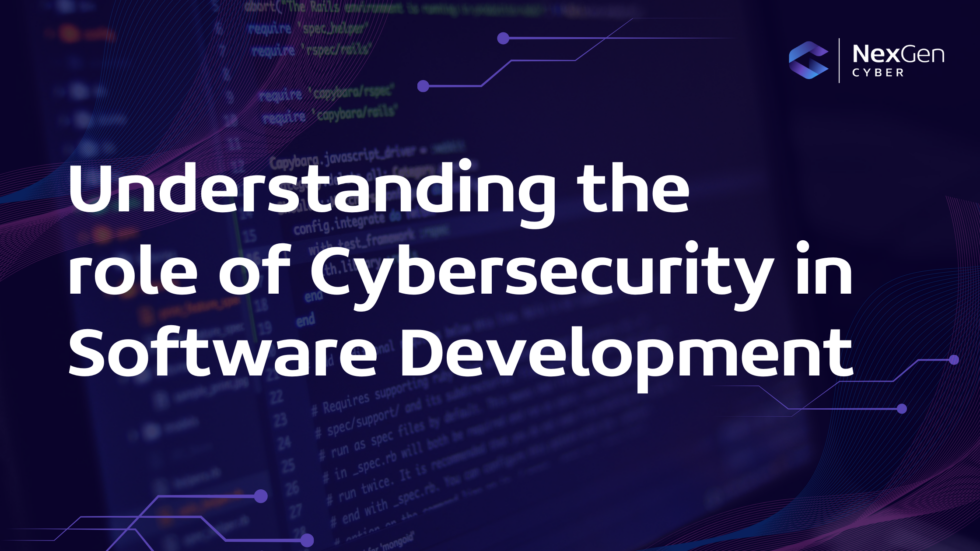Cyber threats are increasingly growing in both their amount and sophistication, and ensuring the security of software systems is more important than ever. For SaaS businesses, implementing secure software development practices within a structured framework is essential.
Unlike traditional software, SaaS solutions are continually updated and accessed from numerous locations and devices, introducing new attack surfaces and vulnerabilities. Ensuring that security is integrated throughout the entire SDLC is crucial for mitigating these risks and differentiating a business from its competitors
What is SDLC?
The SDLC is a systematic process used by software development teams to design, develop, test, and deploy software. It provides a structured approach to software creation, ensuring that every stage of development is meticulously planned and executed. By following the SDLC, developers can produce high-quality software that meets user requirements and adheres to security and regulatory standards.
Phases of SDLC
The SDLC consists of several distinct phases, each playing an essential role in the software development process:
The initial planning phase involves defining the project’s scope, gathering requirements, and developing a comprehensive project plan. It is crucial to identify potential security risks at this early stage to ensure they are addressed throughout the development process.
Following planning, the analysis phase delves deeper into software requirements, creating detailed specifications. This includes identifying potential security vulnerabilities and devising strategies to mitigate them.
The design phase then translates these specifications into a software architecture, outlining the structure and components of the system. Security is paramount here, as it ensures the software’s resilience against threats.
The subsequent development phase is where the actual coding takes place. Adhering to secure coding practices is essential to prevent vulnerabilities from being introduced. Regular code reviews and security testing are vital for identifying and rectifying potential issues.
Once development is complete, the software undergoes rigorous testing to verify it meets requirements and is free from defects. Security testing, including vulnerability assessments and penetration testing, is vital for ensuring the software’s overall security.
After successful testing, the software is deployed into the production environment. Secure deployment practices are critical to prevent security breaches during this phase.
Finally, the software enters the operations phase, where ongoing monitoring and updates are implemented. Regular security patches and updates are essential here to protect the software from evolving threats, as well as regular reviews of third-party libraries to ensure that all aspects of the software remain secure.
The Importance of Secure Software Development Practices
A Secure Software Development Framework (SSDF) offers a structured approach to embedding security practices throughout the SDLC, from design and development to deployment and operations. This framework ensures that security is not an afterthought but a core component of your software.
Implementing secure software development practices within the SDLC should be prioritised for several reasons:
Incorporating security measures helps protect sensitive data from unauthorised access and breaches, which is particularly important for businesses that handle sensitive client information.
Many industries are subject to stringent regulatory requirements concerning data protection and software security. Following secure development practices helps ensure compliance with these regulations, avoiding potential legal and financial penalties.
Users are more likely to trust and use software that they perceive as secure. By prioritising security during the development process, businesses can build trust with their clients and users, enhancing their reputation and competitive edge.
Identifying and addressing security vulnerabilities during the early stages of development is more cost-effective than fixing issues after deployment, and having a proactive approach helps avoid costly security breaches and remediation efforts.
Why a Secure Software Development Framework (SSDF) is Key
When selecting a SSDF, SaaS businesses are often confronted with a bewildering array of options, each with its strengths and focus areas. Determining the best fit and aligning it with existing SDLC practices can be daunting. Some of the most prominent SSDFs include:
- NIST SP 800-218
- The BSA Framework for Secure Software
- OWASP Software Assurance Maturity Model (SAMM
- BSIMM (Building Security In Maturity Model
Each of these frameworks offers unique benefits, but selecting the right one depends on various factors, such as the specific needs of the SaaS business, the maturity of its development practices, and its regulatory environment. This is where NexGen Cyber can make a significant difference.
Summary
For SaaS businesses, SDLC is a critical framework that ensures a systematic, efficient, and secure approach to software development. Organisations can create high-quality, secure software that meets user needs and regulatory requirements by prioritising security throughout the development process. Not only does this protect sensitive data and ensure compliance but also builds user trust and reduces costs. Embracing the SDLC is a smart strategy for any business committed to delivering secure and reliable software solutions.
With years of experience in cybersecurity and deep expertise in the SaaS sector, NexGen Cyber guides companies through every step of the process, ensuring that the chosen framework aligns perfectly with their development practices and business goals.
NexGen Cyber’s approach includes assessing and recommending the right SSDF, tailored implementation, comprehensive security audits, and ongoing training and continuous improvement.
We’re always up for a chat if you want to discuss your own software needs – reach out to our team of experts here at NexGen Cyber!
